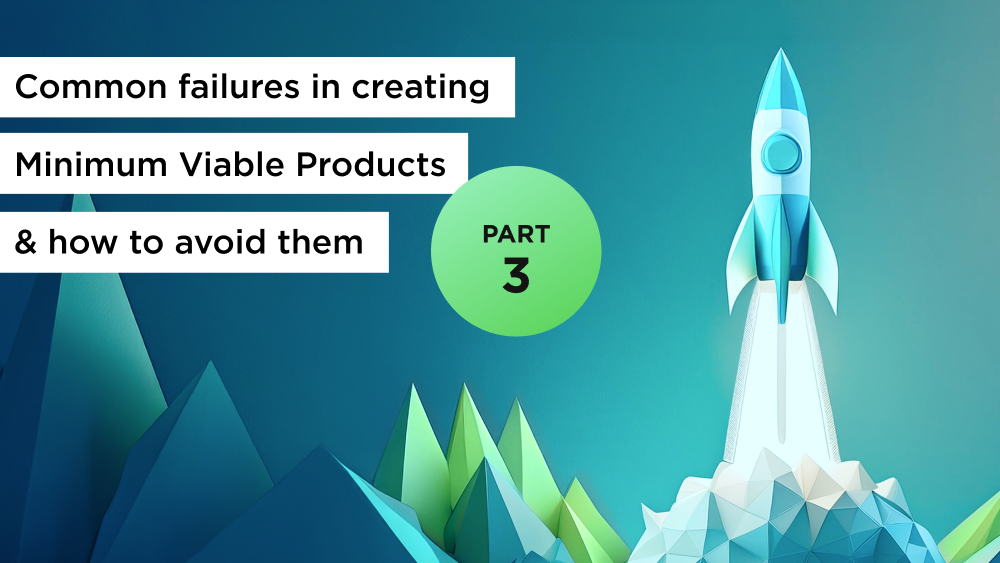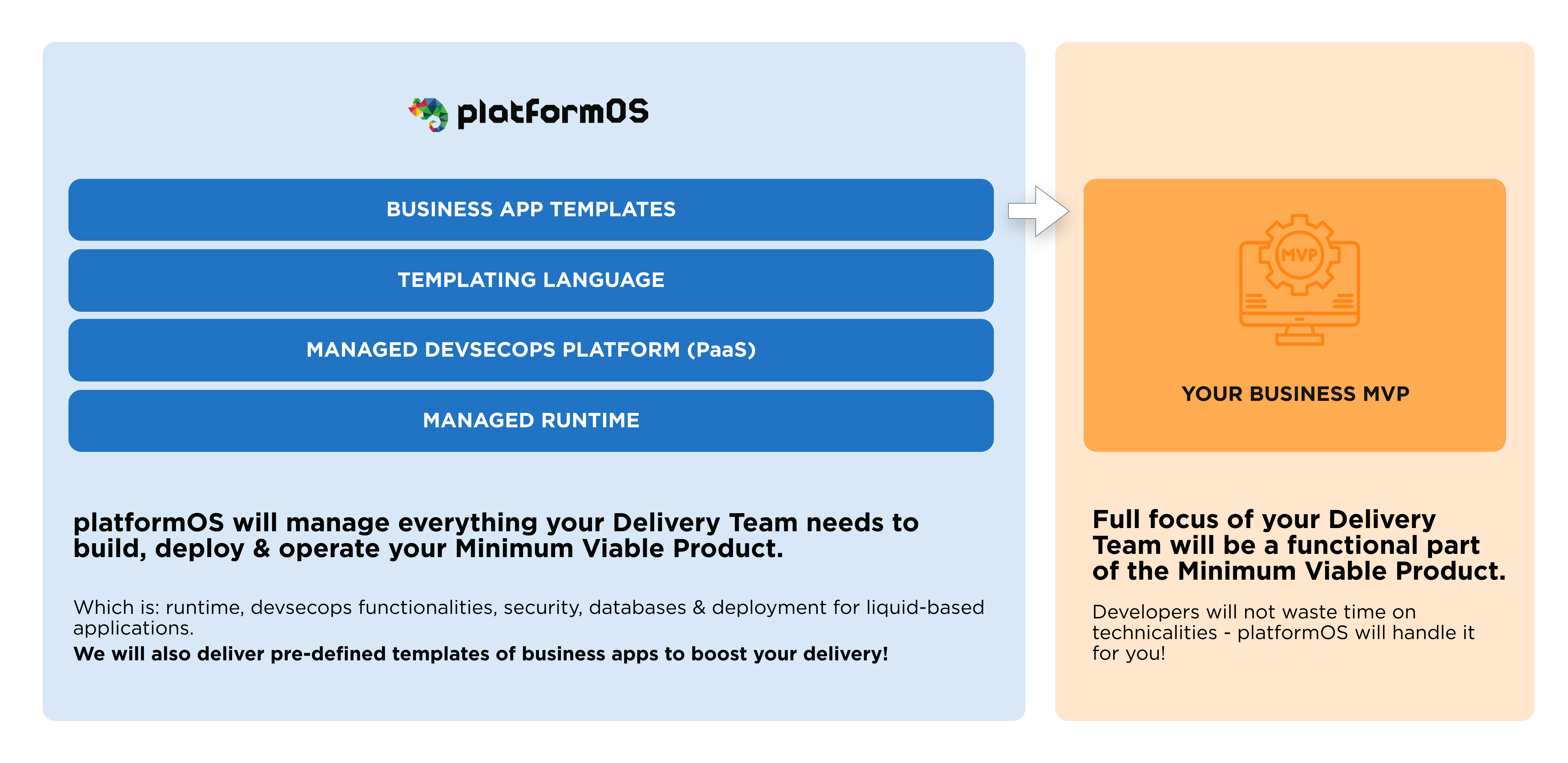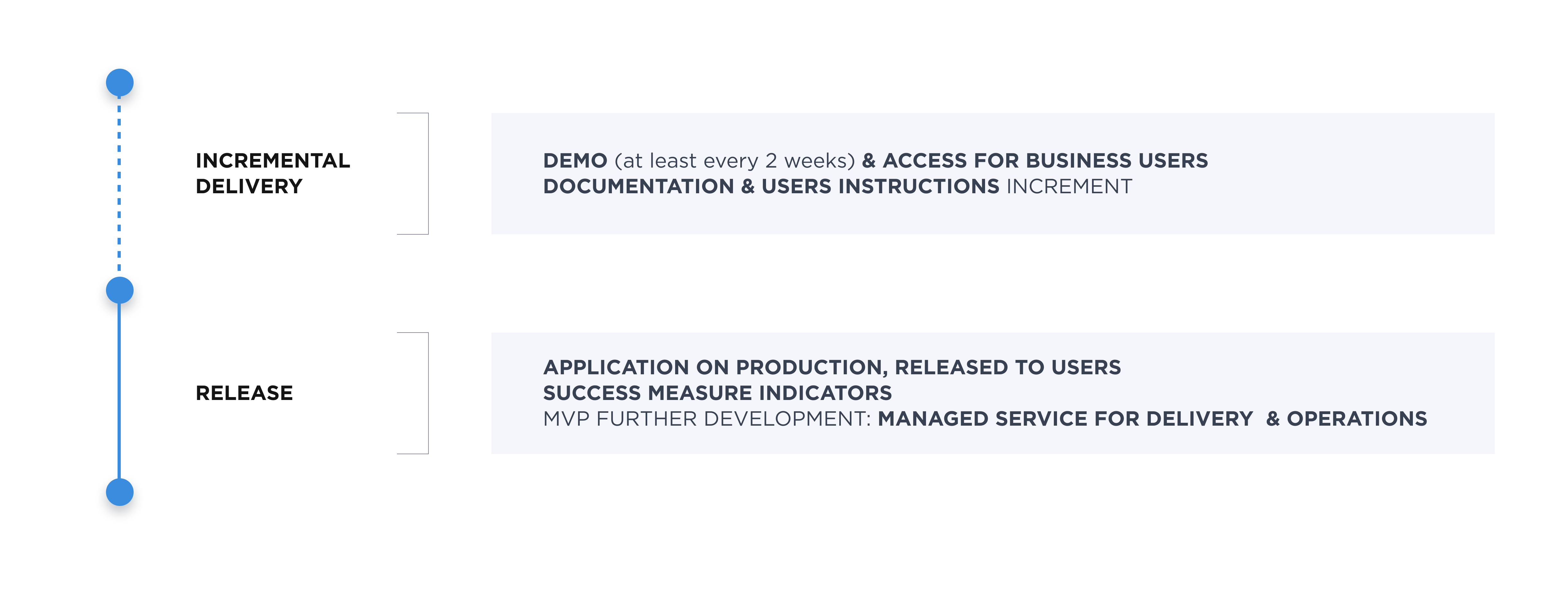





Welcome to the third article of our series on developing outstanding Minimum Viable Products. This article examines the crucial elements of technical capabilities, metrics, and feedback, all vital for the successful development of any MVP. As we continue to explore these essential topics, be sure to revisit our previous discussions on Business Vision and Prioritization, as well as Ownership and Team Dynamics. Together, this article series aims to equip you with the comprehensive knowledge needed to create successful MVPs.
Articles in this series:
Part 1: Business vision and prioritization in MVPs
Part 2: Ownership and team dynamics in MVPs
Part 3: Technical capabilities, metrics, and feedback in MVP development
You have a combined team of Business and Software experts, who understand the business value of your products - with clearly defined goals, priorities, and success measures. And… you hit a wall. Why? Because your team needs to wait for technical resources. Because your team lacks a security perspective and requirements. Because your team needs to set up the runtime environment, repositories, CI/CD pipelines, observability, queues, databases, API exposition, networking… blah blah blah. All this non-important stuff from your business value perspective. And you wait… and wait… and wait, while your competition is already releasing new features for their product. Sounds like a nightmare, right? And yet, this is a common case for companies who either had no previous experience with Software Delivery projects - or have a traditional, toolset-oriented IT operating model (a team for Kubernetes, a team for databases, a team of admins, etc).
Here are the common mistakes when an MVP hits the traditional setup of IT - or lack of technical capabilities in the organization:
At platformOS, we decided to take a step forward instead of fixing all those mentioned issues one by one. We have created a platform different than others - on the one hand, handling the runtime, deployment, observability, security, and networking (so we avoid the common problems with missing or badly organized core IT teams) - but also making sure, that the platform is flexible enough for engineers to create a complex, tailor-made applications with custom business logic and customer journey. Our platform allows the engineers to use templating language instead of black-boxed building blocks like Low-Code/No-Code platforms do - so the engineer still creates code but simplifies it with templating and deployment. Also, we have created a set of predefined Minimum Viable Products for marketplace business cases, so we only focus on what is unique about our MVP and develop only that part - having the rest configured and released together way faster than building a solution from scratch.

Finally - our Delivery Team released the Minimum Viable Product to our customers! This is when many organizations are celebrating success. Well… still too early for that. Minimum Viable Products are being created not to be released, but to create a business value for the customers. This value creation and business goal achievement should be a moment for celebration - and rarely that’s a moment when the Product hits the market. You need mechanisms for measuring the business value and goal fulfillment - and you need to know what to measure. And those metrics should be defined not at the end of the MVP journey, but at the beginning!
Here are the common mistakes with the release and feedback gathering of Minimum Viable Products:
First, we strongly encourage our Customers and Partners not to wait till the release to present the outcomes of Minimum Viable Product delivery. Our platformOS MVP Blueprint for partners assumes frequent demos of increments and a necessity for business stakeholders access to the product in the test environment as soon as possible, after the first increment. Second, during MVP workshops, where we support our customers in creating their business vision, and defining their value proposition and priorities - we also define success metrics and agree on collection methodology. We finally do not recommend our partners treat the release as a success - but instead, treat business value delivery as one, and feel accountable for it.

Minimum Viable Product journey can be a bumpy road, where the fast delivery of software products with business features is only a part of the process. Technical success of software delivery is only one of the factors - that is why in platformOS we have created a complete analysis and a delivery guideline, supported by the platformOS toolset. We provide our partners and customers with:
The platformOS MVP Blueprint is a methodology that allows you to avoid all the common failures underlined in this article. To avoid a lack of business vision and prioritization deadlock, we have created Business Workshops - from the results of which we create MVP Scope, Delivery Plan, and Detailed Backlog with priorities. We also define business success measures at the very beginning of MVP delivery. We strongly advise that engineers participate in this workshop - to avoid a lack of business value understanding. Then we encourage our customers and partners to collaborate closely on iterative increments, making Delivery Teams responsible not only for scope delivery - but also for business value creation. We, platformOS, finally provide all necessary DevSecOps toolset as a service - together with managed runtime and predefined application templates, so the Delivery Team focuses fully on business features and value creation. Having all that, we ensure that your Minimum Viable Product does not wait too long - and is released to the market fast, conquering the hearts of your customers! In platformOS your business success is ours.

This article series looked at the multifaceted approach that should be taken to develop a Minimum Viable Product successfully. The development and launch of your MVP require good business planning, technical skills, and strong teamwork. Everything goes on with each other, making successful development. Remember that the MVP is mainly to help you learn fast and improve according to the honest feedback you get. By really keying in on those factors, teams can take on the challenge of developing the MVP that enables them to reach and even exceed their market's expectations by influencing their field dramatically.
Previous article in the MVP series:
Explore our Enterprise MVP Solution and start your success story today!